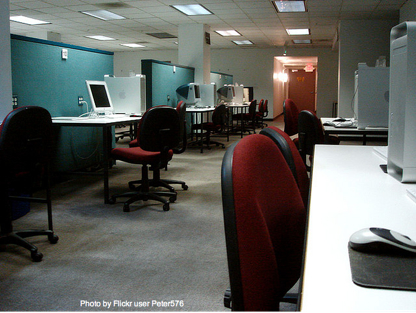Social Presence and Immediacy
Social Presence (or the Lack Thereof) in CMC
Other communication researchers 1,2,3 have focused their attention on the level of interpersonal contact and intimacy in communication. Online communication hasn't typically fared too well along this dimension, at least in early studies. Many early CMC researchers came to the conclusion that CMC was antisocial and impersonal because social context cues were filtered out (see Walther's 1992 article4 for example).
The social presence (or immediacy) that people experience is understood to be different for different kinds of communication. Short, Williams, and Christie3 defined social presence as the degree of salience (i.e., quality or state of being there) between two communicators using a communication medium. Modes of communication can be ranked on the dimensions of sociable or unsociable, sensitive or insensitive, cold or warm, and impersonal or personal.
According to the social presence model, social presence is LESS in communication media that lack visual cues. Because of this, the theory suggests that communication through such media will be more task-focused and less relationship-focused.

1 Min, S.-J. (2007). Online vs. Face-to-Face Deliberation: Effects on Civic Engagement. Journal of Computer-mediated Communication, 12, 1369-1387.
2 Rice, R. E. (1987). Computer-Mediated Communication and Organizational Innovation. Journal of Communication, 37(4), 65-94.
3 Short, J., Williams, E., & Christie, B. (1976). The Social Psychology of Telecommunications. London: John Wiley & Sons.
4 Walther, J. B. (1992). Interpersonal effects in computer-mediated communication: A relational perspective. Communication Research, 19(1), 52-90.
Licensed under the Creative Commons Attribution Non-commercial No Derivatives 3.0 License
For Educational Use Only